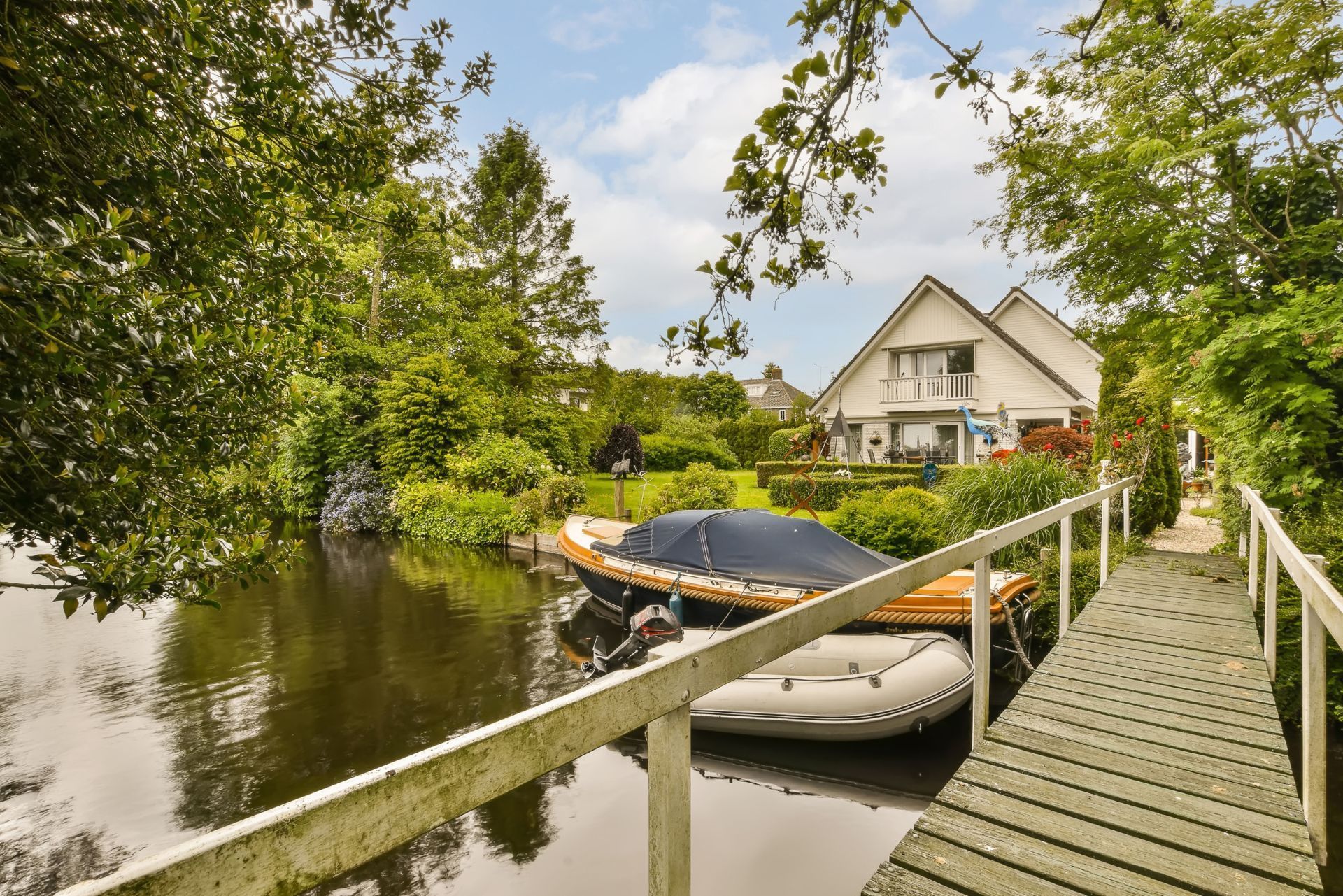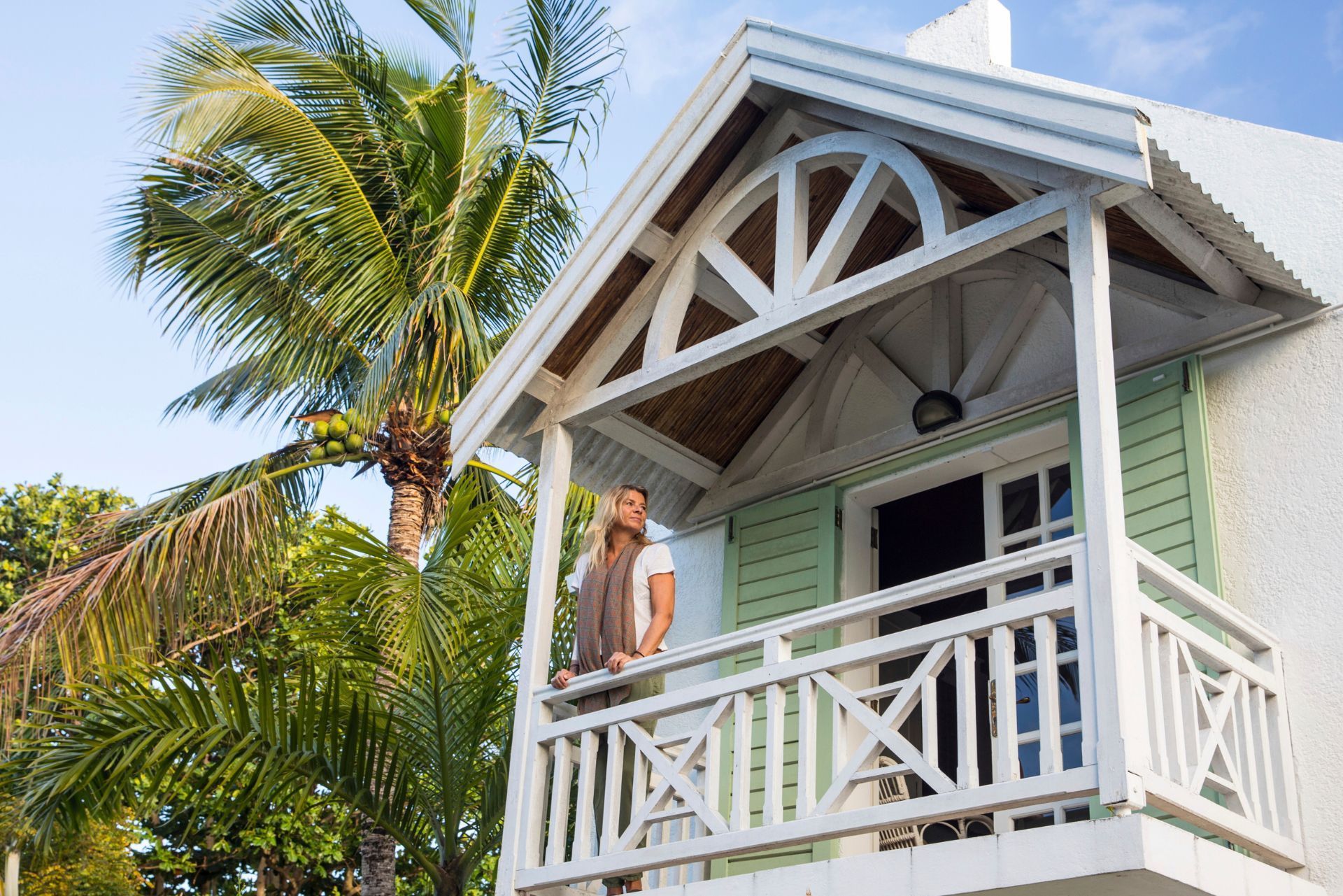Minnesota Vacation Property Insurance

See How We're Different
or call us: (763) 242-1668
Common Personal Insurance Policies
By: Matt Larsen
Owner of Capstone Insurance Group & Umbrella Insurance Advisor
763-242-1668
Index
Understanding Vacation Property Insurance in Minnesota
Key Coverage Options for Minnesota Vacation Properties
Factors Affecting Vacation Property Insurance Rates in Minnesota
Tips for Choosing the Right Vacation Property Insurance in Minnesota
Common Challenges and How to Overcome Them
The Role of Vacation Rental Insurance in Minnesota
Conclusion: Protecting Your Minnesota Vacation Property Wisely
Contact Us
Owning a vacation property in Minnesota is a dream for many. Whether it’s a cozy cabin nestled in the Northwoods, a lakeside retreat on Lake Minnetonka, or a charming home near the Boundary Waters, these properties offer a perfect escape from daily life. However, owning a vacation home also comes with unique risks and insurance needs that differ significantly from a primary residence. Understanding Minnesota vacation property insurance is essential to protect your investment and enjoy peace of mind.
This comprehensive guide covers everything you need to know about insuring your Minnesota vacation property—from the types of coverage available to specific considerations for the state’s climate and regulations. Whether you’re a first-time buyer or a seasoned investor, this article will help you navigate the complexities of vacation property insurance effectively.
Understanding Vacation Property Insurance in Minnesota
What Is Vacation Property Insurance?
Vacation property insurance is a specialized type of homeowners insurance designed to cover properties that are not your primary residence. These properties are often vacant for extended periods, which increases certain risks like theft, vandalism, and unnoticed damage. Standard homeowners insurance policies typically do not provide adequate coverage for these risks, making vacation property insurance essential.
In Minnesota, vacation homes can range from rustic cabins in forested areas to luxury lakefront estates. Because of the state’s varied geography and weather conditions, insurance policies must be tailored to address specific risks such as harsh winters, flooding, and seasonal occupancy. For instance, a cabin nestled in the North Woods may face different threats than a condo on Lake Minnetonka, necessitating unique coverage options to safeguard against specific environmental factors and potential liabilities.
Moreover, the appeal of Minnesota's natural beauty draws many homeowners to invest in vacation properties, making it crucial to understand the nuances of insurance in this context. Many owners may also rent out their vacation homes when not in use, which introduces additional considerations. Rental activities can increase liability exposure, so policies that include coverage for short-term rentals are often recommended. This ensures that homeowners are protected not only from property damage but also from potential lawsuits stemming from accidents that may occur on their premises.
Why Standard Homeowners Insurance Isn’t Enough
Most homeowners insurance policies are written with the assumption that the property is occupied regularly. When a home is vacant for more than 30 consecutive days, many insurers limit or exclude coverage for certain perils. For example, damage caused by frozen pipes or unnoticed leaks can escalate quickly if the property is unoccupied, and standard policies might not cover these losses.
Additionally, vacation properties are often located in areas with higher exposure to natural hazards such as wildfires or floods. Minnesota’s climate, with heavy snowfall and potential for spring flooding, requires policies that specifically address these risks. Without the right insurance, owners could face significant out-of-pocket expenses. For instance, a winter storm could lead to roof collapses under the weight of snow, while spring thaws might result in flooding that damages the foundation. Both scenarios highlight the importance of having a comprehensive policy that not only covers structural damages but also provides liability protection in case of accidents involving visitors or renters.
Furthermore, many vacation property owners may overlook the importance of personal property coverage. Furnishings, appliances, and recreational equipment can represent a significant investment, and without adequate insurance, losses due to theft or damage can be financially devastating. Some policies offer options for replacement cost coverage, which can provide peace of mind knowing that you can replace stolen or damaged items without incurring a substantial financial burden. This is especially relevant for properties that are equipped with high-end amenities or recreational gear, as these items can be costly to replace.

Dwelling Coverage
Dwelling coverage protects the physical structure of your vacation home against risks like fire, windstorm, hail, and vandalism. In Minnesota, it’s important to ensure that your policy includes protection against winter-related damages such as ice damming and pipe bursts.
When selecting dwelling coverage, consider the replacement cost rather than the market value of the property. Replacement cost coverage ensures that you can rebuild your home to its original condition without depreciation deductions, which is crucial given the rising costs of construction materials and labor. Additionally, it’s wise to assess the unique architectural features of your vacation home, as some designs may require specialized materials or craftsmanship that could significantly impact rebuilding costs.
Personal Property Coverage
This coverage protects the contents of your vacation home, including furniture, appliances, electronics, and personal belongings. Because vacation homes often contain valuable recreational equipment like boats, fishing gear, or snowmobiles, it’s important to verify whether these items are covered and to what extent.
Many standard policies have limits on personal property coverage, so you may need to purchase additional endorsements or floaters for high-value items. Conducting a detailed inventory of your belongings and updating it regularly can help ensure adequate coverage. Furthermore, consider the seasonal nature of certain items; for instance, if you store winter gear in the summer or vice versa, make sure your policy reflects the changing value of your possessions throughout the year.
Liability Protection
Liability coverage is crucial for vacation property owners. It protects you if someone is injured on your property and decides to file a lawsuit. Given that vacation homes often host guests, friends, or renters, liability risks can be higher than for primary residences.
Liability insurance typically covers medical expenses, legal fees, and settlements up to your policy limits. In Minnesota, where outdoor activities like hiking, boating, and snowmobiling are common, having robust liability protection is especially important. Additionally, consider the potential for accidents related to recreational amenities such as hot tubs, pools, or docks, as these can increase your liability exposure and may require additional coverage or safety measures to mitigate risks.
Loss of Use Coverage
If your vacation property becomes uninhabitable due to a covered loss, loss of use coverage helps pay for additional living expenses such as hotel stays or temporary rentals. This coverage ensures that you can still enjoy your vacation plans or maintain your rental income while repairs are underway. It’s essential to understand the limits of this coverage, as some policies may only cover a certain percentage of your expenses or have a cap on the total payout.
Additional Coverage for Minnesota-Specific Risks
Given Minnesota’s unique weather patterns and geography, consider these additional coverages:
- Flood Insurance: Standard vacation property insurance does not cover flooding. If your property is near lakes, rivers, or flood-prone areas, purchasing a separate flood insurance policy through the National Flood Insurance Program (NFIP) or private insurers is essential. Flood insurance can be particularly valuable in areas that experience rapid snowmelt or heavy rainfall during spring.
- Wind and Hail Coverage: Minnesota experiences severe storms, especially in spring and summer. Ensure your policy includes adequate wind and hail protection. This coverage can help you recover from damages caused by hailstones that can damage roofs, windows, and siding, which are common in severe weather events.
- Frozen Pipes Endorsement: Pipes freezing and bursting during harsh winters is a common problem. Some insurers offer endorsements to cover these damages explicitly. It’s advisable to take preventive measures, such as insulating pipes and maintaining a minimum temperature in your home, to further reduce the risk of such incidents.
- Equipment Breakdown Coverage:
This optional coverage protects major systems and appliances from mechanical failure, which can be costly to repair in remote vacation homes. Given the potential for power outages or fluctuations in utility services, this coverage can provide peace of mind, ensuring that critical systems like heating and cooling remain operational, especially during extreme weather.
Factors Affecting Vacation Property Insurance Rates in Minnesota
Location and Proximity to Water
Properties located near lakes or rivers often face higher insurance premiums due to increased flood risk. Minnesota has over 10,000 lakes, so many vacation homes are waterfront or close to water bodies. Insurers assess flood risk, accessibility, and local building codes when determining rates. Additionally, areas prone to seasonal flooding or those with a history of severe weather events may see even steeper premiums. Homeowners can mitigate these risks by investing in flood insurance, which is often a separate policy from standard homeowners insurance. Understanding the specific flood zone designations can be crucial for property owners, as these zones dictate the level of coverage required and the associated costs.
Property Age and Construction Type
Older cabins or homes built with wood or other flammable materials may have higher premiums due to increased fire risk. Conversely, newer homes built with fire-resistant materials and modern safety features can benefit from lower rates. The construction type also plays a significant role; for instance, homes with metal roofs or brick exteriors may qualify for discounts due to their resilience against fire and severe weather. Furthermore, properties that have undergone recent renovations or upgrades, such as improved electrical systems or updated plumbing, can often negotiate better rates. Insurers appreciate these enhancements as they typically reduce the likelihood of damage and claims.
Security and Maintenance
Vacant homes are vulnerable to theft and vandalism. Installing security systems, motion-activated lighting, and regular maintenance checks can reduce risk and potentially lower insurance costs. Some insurers offer discounts for properties with monitored alarms or surveillance cameras. Additionally, joining a local neighborhood watch or community safety program can further enhance security and may be viewed favorably by insurance providers. Regular inspections and maintenance not only safeguard the property but also help identify potential issues before they escalate, ensuring that the home remains in good condition and reducing the likelihood of claims related to neglect.
Seasonal Occupancy
The length of time your vacation property is occupied each year influences your insurance rates. Properties left vacant for long periods are considered higher risk. Informing your insurer about your occupancy schedule and taking preventive measures can help manage premiums. For instance, some owners opt for property management services during off-seasons to ensure regular check-ins and maintenance. Additionally, utilizing smart home technology to monitor the property remotely can provide peace of mind and demonstrate to insurers that proactive measures are in place. This can include smart thermostats to prevent freezing pipes in winter or leak detection systems to catch potential water damage early. By being proactive about occupancy and maintenance, owners can often negotiate more favorable insurance terms.

Tips for Choosing the Right Vacation Property Insurance in Minnesota
Shop Around and Compare Quotes
Insurance rates and coverage options can vary widely among providers. Obtain multiple quotes and compare not only premiums but also coverage limits, deductibles, and exclusions. Minnesota has several insurers specializing in vacation homes, so it pays to research thoroughly. Additionally, consider looking into customer reviews and ratings for each insurer. This can provide insight into their claims process and customer service, which are crucial when you need to file a claim. A company with a solid reputation for handling claims efficiently can make all the difference in your experience as a policyholder.
Work with an Experienced Local Agent
A local insurance agent familiar with Minnesota’s climate, regulations, and property market can provide valuable insights. They can help tailor your policy to your specific needs and ensure you’re not underinsured or paying for unnecessary coverage. Local agents often have knowledge about unique risks associated with vacation properties in Minnesota, such as seasonal flooding or winter storm damage, and can recommend specific endorsements or riders to protect against these risks. Their expertise can also guide you in understanding state-specific laws that may affect your insurance needs.
Review and Update Your Policy Annually
Property values, construction costs, and personal circumstances change over time. Regularly reviewing your insurance policy ensures that your coverage remains adequate and reflects any improvements or changes to your vacation home. For instance, if you've made significant renovations or added amenities like a hot tub or a deck, these enhancements should be reflected in your coverage to avoid potential gaps. Furthermore, consider any changes in your usage of the property—if you’re renting it out more frequently, you may need additional liability coverage to protect against tenant-related incidents.
Consider Bundling Policies
If you own multiple properties or have other insurance needs, bundling policies with the same insurer can lead to discounts. For example, combining your vacation home insurance with auto or primary residence insurance might reduce overall costs. Beyond just financial savings, bundling can simplify your insurance management, as you’ll have a single point of contact for all your policies. Additionally, some insurers offer loyalty programs or perks for bundled policies, such as enhanced coverage options or lower deductibles, which can further enhance your insurance experience.
Common Challenges and How to Overcome Them
Dealing with Claims for Seasonal Properties
Claims for vacation homes can be complicated by the property’s intermittent occupancy. Insurers may scrutinize claims related to maintenance issues or damages that occurred while the home was vacant. To avoid disputes, document your property’s condition regularly with photos and keep records of inspections and maintenance.
Managing Risks During Off-Season
Winterizing your vacation home is critical in Minnesota to prevent pipe freezes and other cold-weather damages. Simple steps like shutting off water, draining pipes, and maintaining heating systems can reduce the likelihood of costly claims.
Understanding Coverage Exclusions
Some policies exclude certain perils or types of damage, such as mold, wear and tear, or damage from pests. Carefully read your policy and ask your agent about any exclusions. Purchasing endorsements or additional coverage can fill gaps.
The Role of Vacation Rental Insurance in Minnesota
Vacation Rentals vs. Personal Use Properties
If you rent out your Minnesota vacation property through platforms like Airbnb or Vrbo, your insurance needs change significantly. Standard vacation property insurance may not cover liabilities or damages related to short-term rentals.
Specialized Vacation Rental Insurance
Vacation rental insurance policies provide coverage for property damage, liability, and loss of rental income specific to short-term rental activities. These policies often include protections for guest injuries, property damage caused by renters, and legal defense costs.
Legal and Regulatory Considerations
Many Minnesota cities have regulations governing short-term rentals, including licensing, safety requirements, and tax collection. Ensuring your insurance aligns with local laws is crucial to avoid fines or coverage denial.
Conclusion: Protecting Your Minnesota Vacation Property Wisely
Owning a vacation property in Minnesota offers unparalleled opportunities to enjoy nature, recreation, and relaxation. However, the unique risks associated with seasonal occupancy, harsh weather, and location require specialized insurance coverage. By understanding the nuances of Minnesota vacation property insurance, selecting appropriate coverage, and working with knowledgeable professionals, owners can safeguard their investment and enjoy their getaway homes with confidence.
Whether you’re purchasing your first cabin or expanding your portfolio of vacation homes, taking the time to evaluate your insurance needs thoroughly is one of the smartest decisions you can make. With the right coverage in place, your Minnesota vacation property can remain a source of joy and financial security for years to come.





